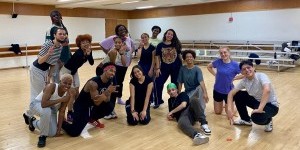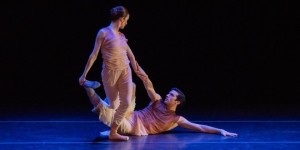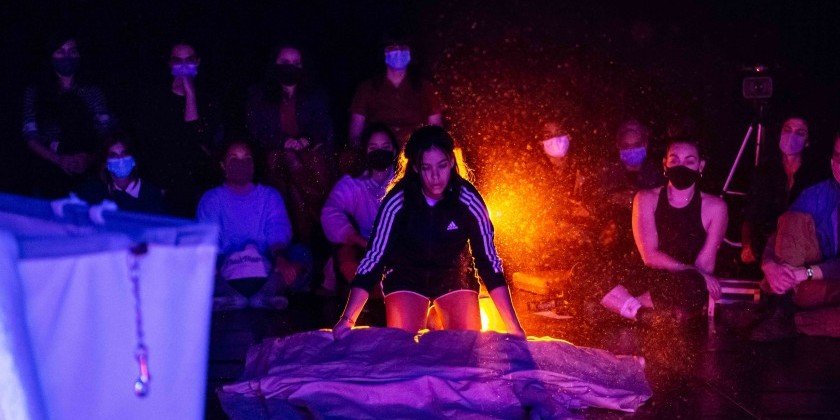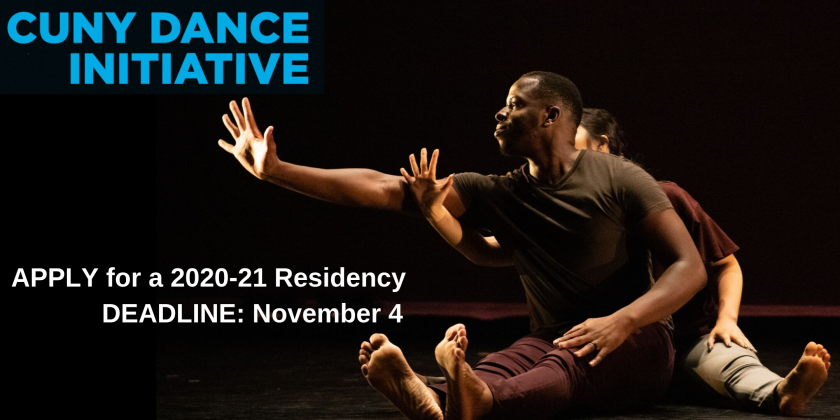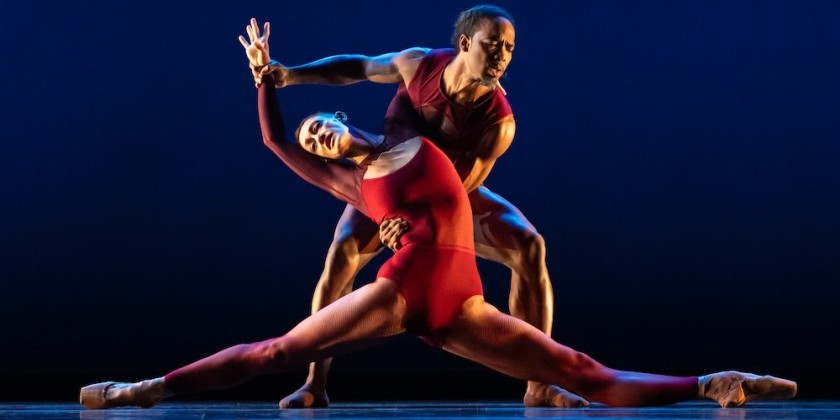IMPRESSIONS: Gabrielle Lamb/Pigeonwing Dance’s “Plexus: a work in knots” at John Jay College as part of CUNY Dance Initiative
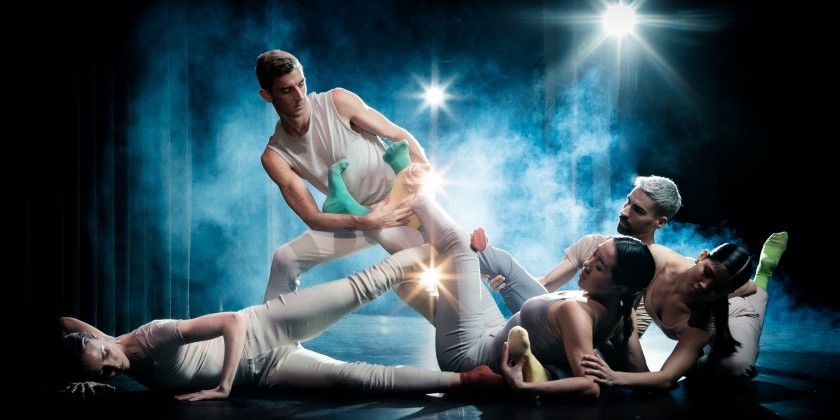
February 7, 2020
Artistic Director/Choreographer: Gabrielle Lamb // Composer: James Budinich
Costume Designer: Christine Darch // Lighting Designer: Barry Steele
Performance: Cody Berkeley, Robin Cantrell, Giovanna Gamna, Tiffany Mangulabnan, Patrick O’Brien, Victoria Sames, Kailei Sin
Although plexus derives from the Latin word for braid, what it really looks like is a lacy web. These branching networks of nerves and vessels are located in and throughout the body. Modern-dance pioneer Isadora Duncan directed our attention to the power of the solar plexus, but they reside near the spine and heart as well.
Plexus gives its name to Gabrielle Lamb/Pigeonwing Dance’s latest — a world premiere for seven dancers at John Jay College’s Gerald W. Lynch Theater as part of the CUNY Dance Initiative. Although the 55-minute piece, fully titled Plexus: a work in knots, takes its inspiration from these bodily structures, it registers more as a meditation on humanity’s interconnectedness and how the success and failure of our relationships affect the world itself.
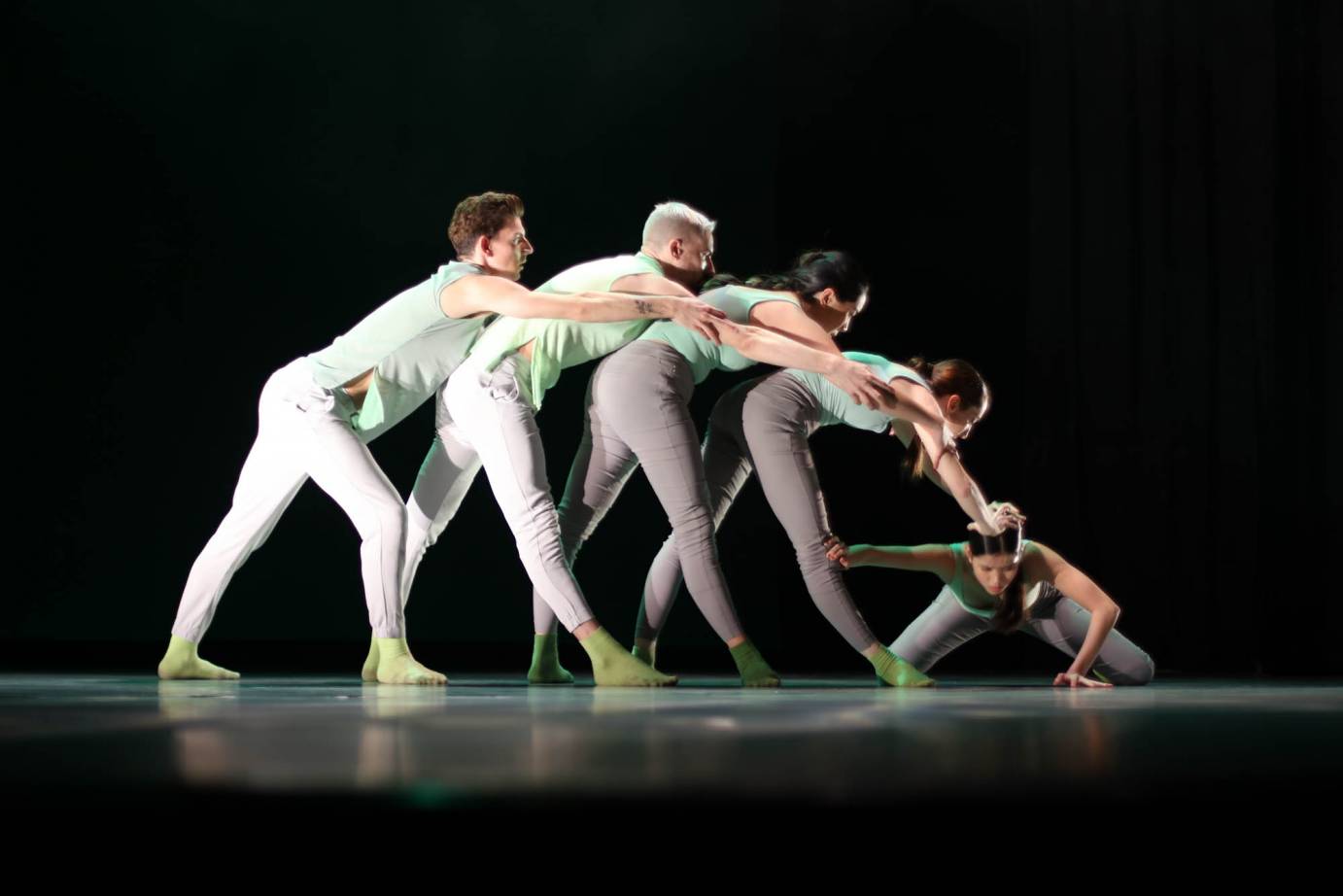
The work billows like a circle, starting in one place, then moving far away, before curving back to familiarity. In the spirit of ternary musical form, aesthetic themes establish, contrast, and reestablish themselves in an intuitive yet orderly way.
On a stage drenched in emerald green light (design by Barry Steele), a delicate, vine-like organism emerges. Fleetingly, limbs attach, and the distal ends of the body — feet, hands — press together. Individuals slither through and sweep around craters of negative space created by torqued bodies. Their dynamic is curious, experiential.
Lamb’s choreography brims with skidding, slippery phrases that stroke and somersault across the floor, often in profile. Occasional motifs crystallize the stream into gem-like images. A foot of one dancer finds itself in the palm of another. Thumbs touch as hands flap like hummingbird wings. Backbends are caught, and fingers are grazed across a rippling body. Sometimes, a dancer or two will freeze, these instances a breath held in time.
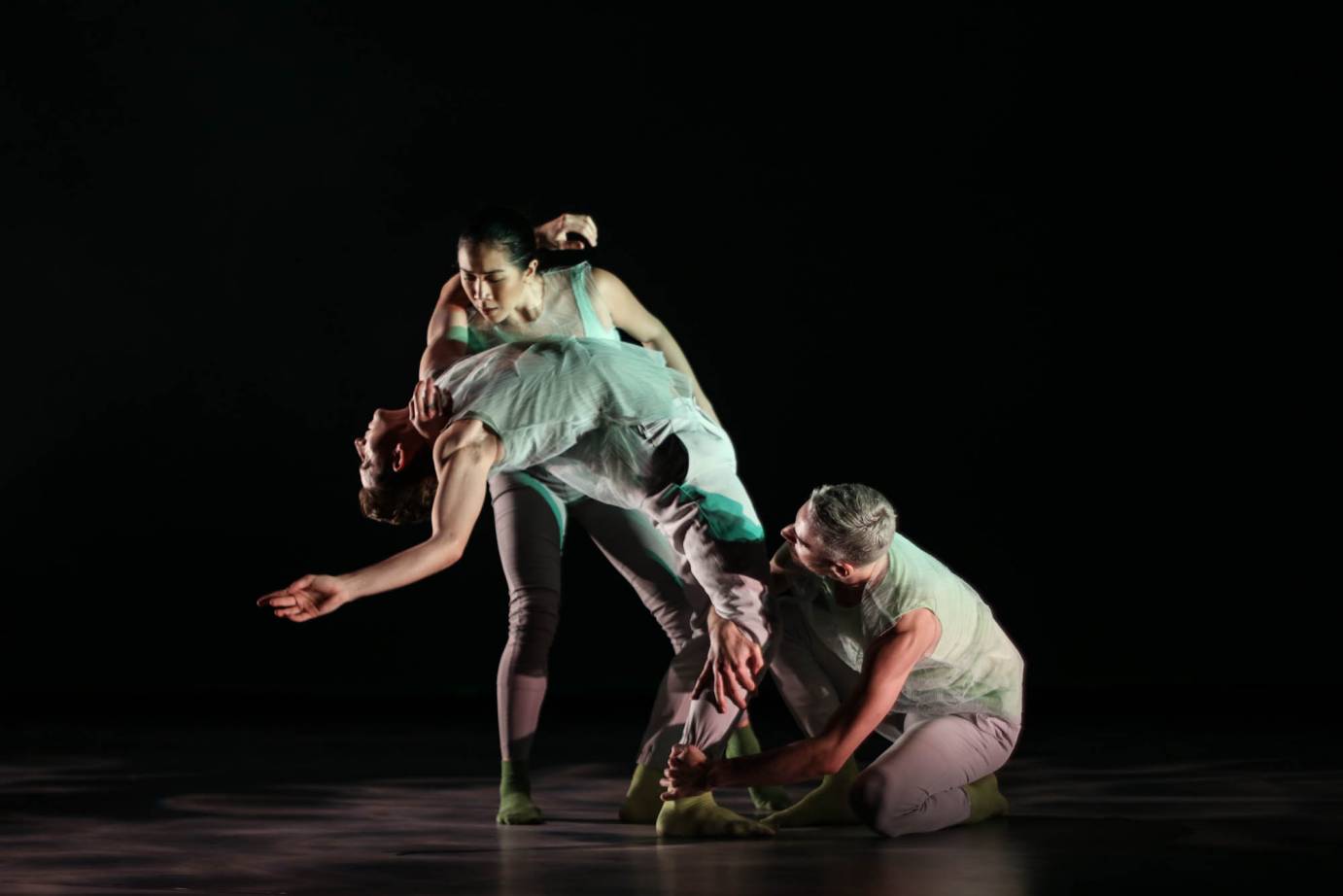
The five women and two men waft in and out of each other’s orbits, with ever-shifting alliances and power plays. Their actions appear spontaneous, a community that responds to potential until that potential becomes irresistible and, soon, exploitable.
Once self-interest elevates, connections break down, and the ecosystem splinters into a dystopia of lurid fuchsia light and oversized shadows. The symbiosis, so assured before, has been lost. Although what was can never be again, the society reforms, finding new ways of being with each other and themselves. In one eye-catching canon, the dancers place their hands over their eyes, and ultimately, peace is restored. For how long, though, remains unclear.
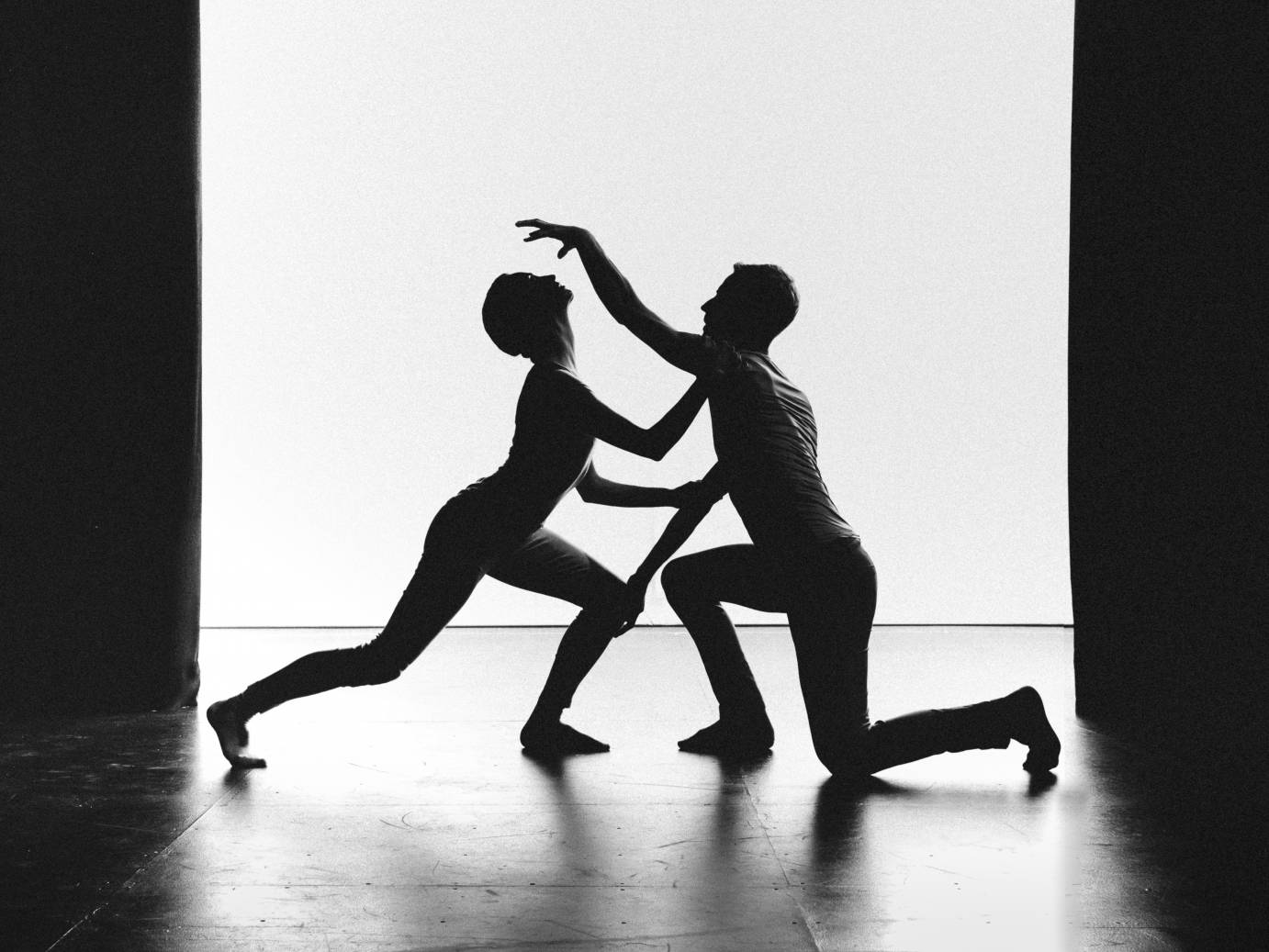
James Budinich’s commissioned score traces a similar arc. Chimes, clinks, and beeps suggest a population that can reconcile oppositional desires and individuated impulses. Approximately halfway through, the curtain tumbles down, and the audience huddles in darkness, the music rumbling ominously. The apocalypse is a sound where the worst occurs in the black corners of our imagination.
Hands gesture beneath the curtain, now raised a few inches, as static scratches at the sonic void. Once the post-doomsday world has been revealed, snippets of recognizable music — Beethoven, medieval chants — are hollowed out or compressed into distorted warbling. Reusing, recycling, and reinventing are ways to take the past into the future.

Throughout, the cast deploys a tangle of green cords — thankfully with discretion and brevity. When one is placed in a mouth, it evokes the roots of a plant, providing sustenance. When looped around and threaded through a grid of bodies, they gird one person to all the rest.
When the world deteriorates, small black curlicues replace the green cords. The artists position these stunted stems into one undulating hose, but the fragments fail to assemble into unity. Recognizing the futility, they push them offstage because the ties that bind are the ones that nourish us all.





